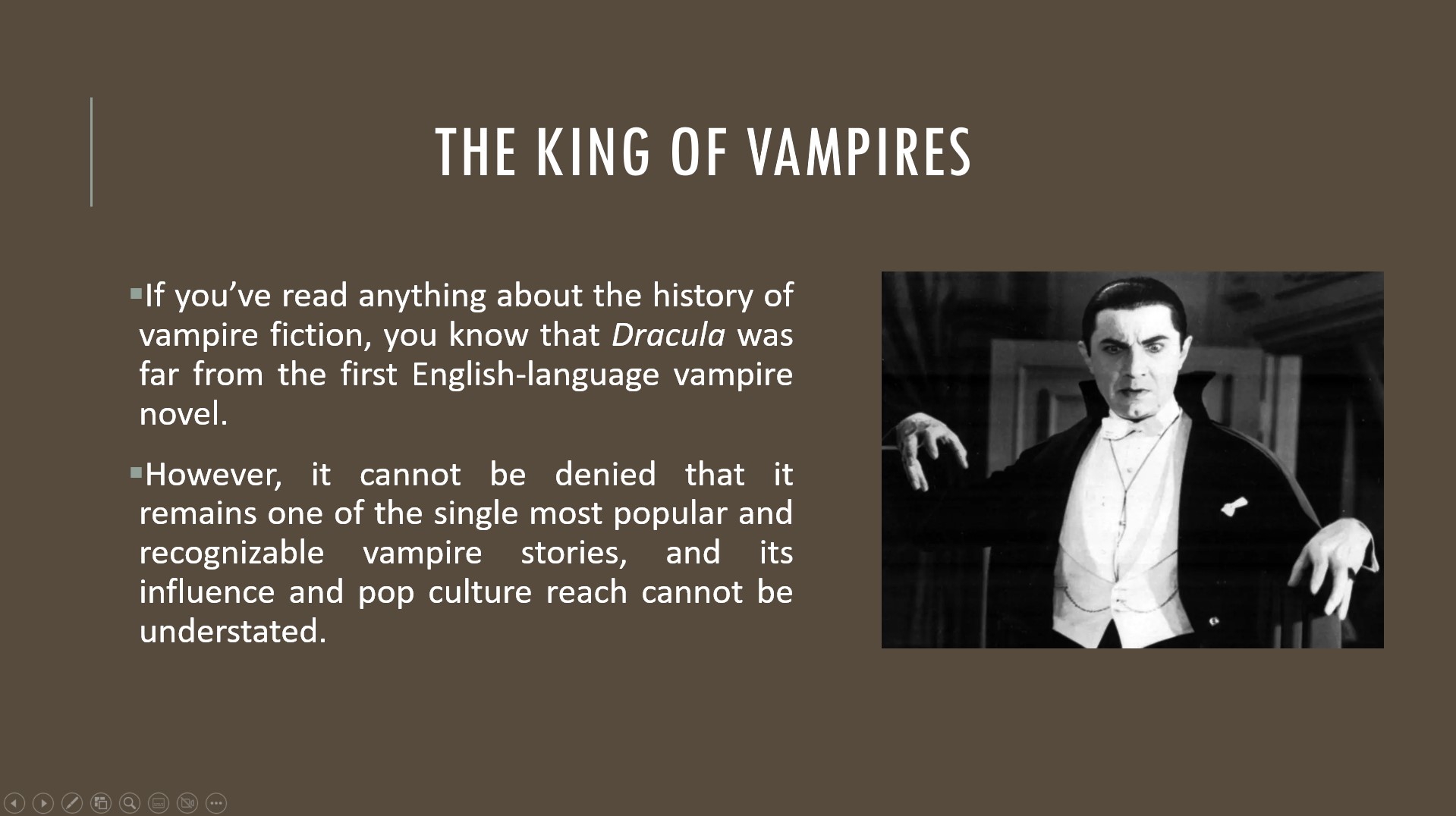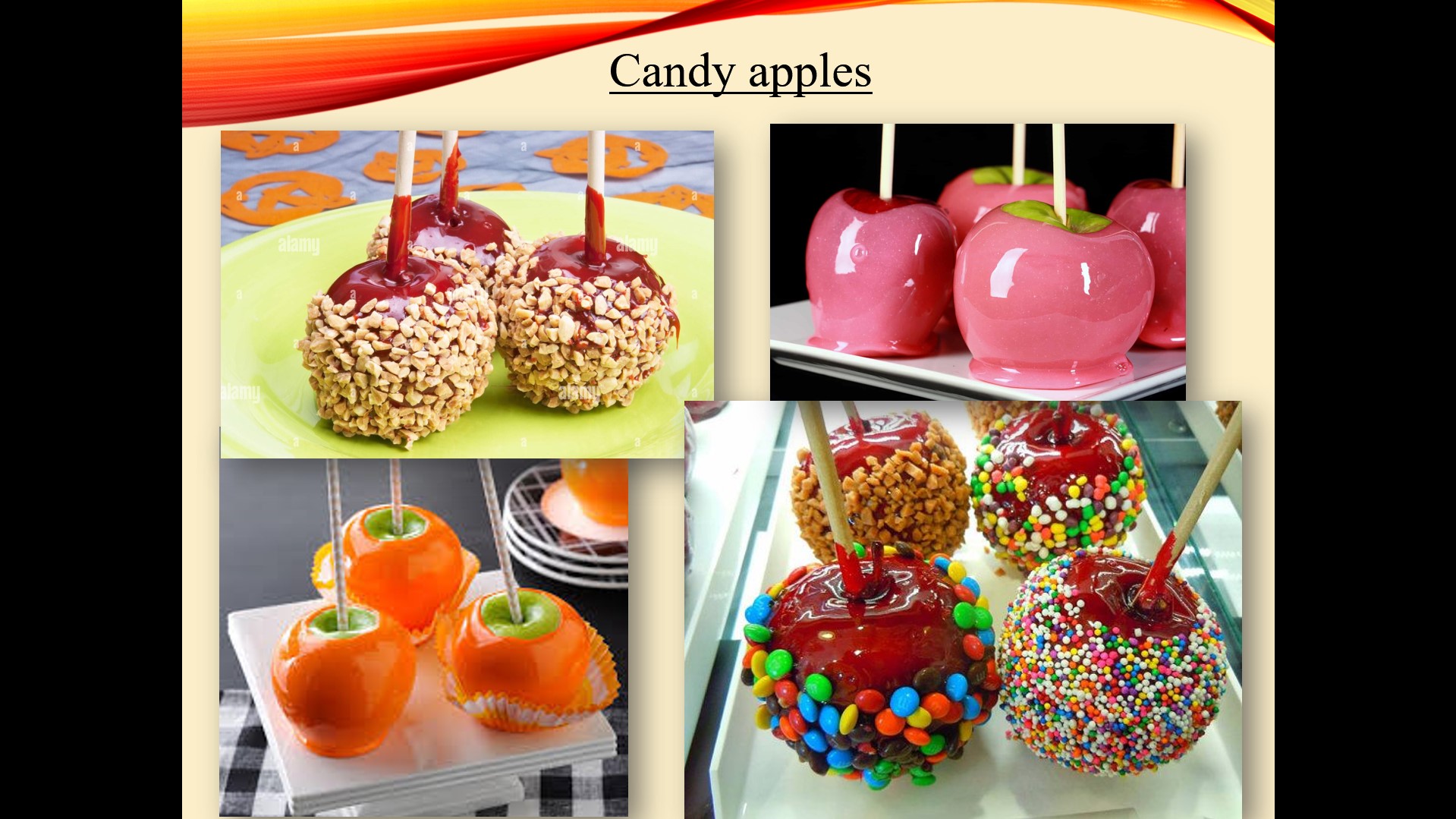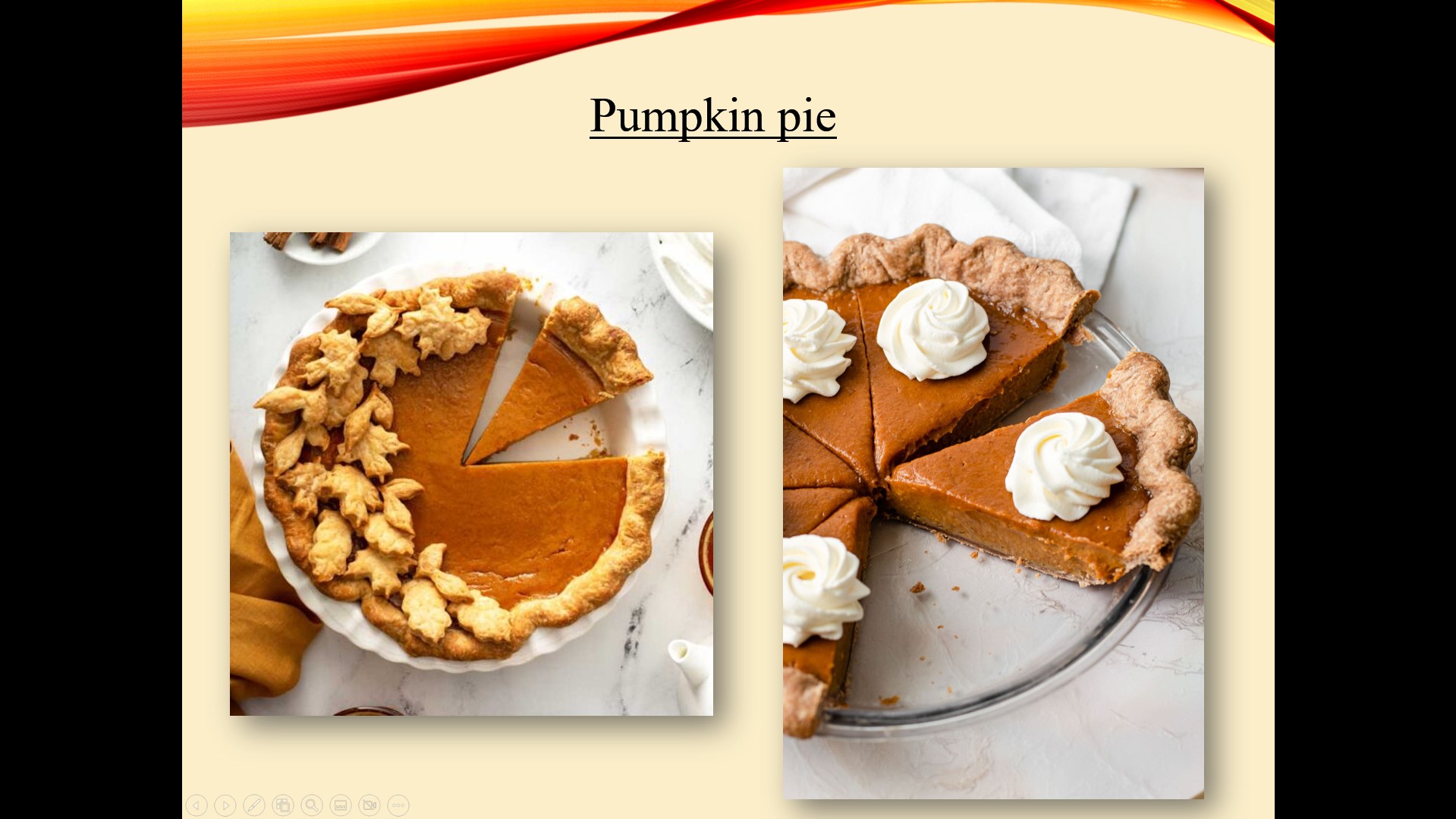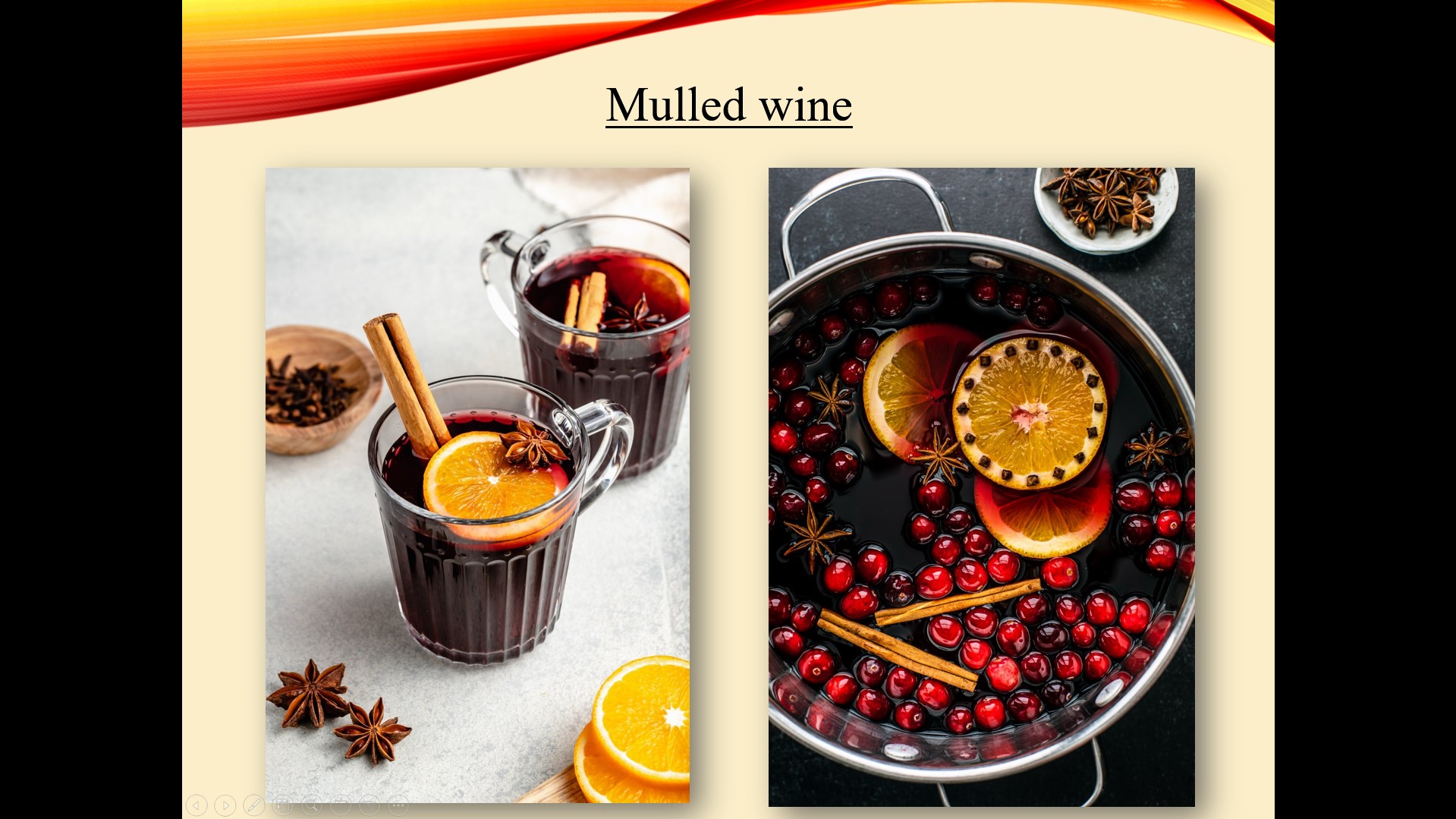On November 1, 2022, students-translators of the I-V courses under the leadership of the Head of the Council of Young Scientists of the Faculty of Philology, Psychology and Pedagogy, Candidate of Philological Sciences, Associate Professor of the Department of Germanic Philology and Translation of the National University “Yuri Kondratyuk Poltava Polytechnic”, member of the Expert Council of Young Scientists of the Ministry of Education and of Science of Ukraine, Anna Pavelieva, held a sitting of the students’ scientific club “Philology”, at which they discussed the history, customs, traditions, symbols and superstitions associated with the most famous holiday of the year, Halloween, which is traditionally celebrated on October 31.


Previously, the club members had already prepared scientific investigations dedicated to Halloween. This year, Doctor of Philological Sciences, Professor of the Department of Germanic Philology and Translation Tetiana Kushnirova with her students, as well as Senior Lecturer of the Department of Germanic Philology and Translation Svitlana Manhura, along with students of the “Earth Sciences” specialty of groups 101-NZ, 101-pNZ of the Educational and Research Institute of Oil and Gas, who willingly joined lively discussions, contests and quizzes, also participated in the club’s sitting dedicated to Halloween.

Did you know that there are people who are scared to death of Halloween and the fear of this holiday is called samhainophobia? Why, when we have fortune telling on the night before Christmas, in many countries of the Western world – it is held on Halloween? For example, a girl should hang a wet sheet in front of the fire to guess the features of her future husband. Or cut off the skin from an apple and throw it over your shoulder to see the first letter of the true love’s name, or go down the stairs, looking into the mirror, and whoever appears there is to be her husband.



“Many traditions, superstitions are associated with the most mystical holiday of English-speaking countries, works of art, literary masterpieces and films are dedicated to it, and in recent years, even in our country, Halloween has begun to arouse considerable interest among young people. The most favorite mystical holiday of English-speaking countries is gradually becoming part of the mass culture of our country, so future specialists in the field of translation simply need to be aware of the customs and traditions associated with this holiday as well as other traditional holidays of English-speaking countries, since the linguistic and cultural aspect of training translators has an extreme importance,” – commented Candidate of Pedagogical Sciences, Dean of the Faculty of Philology, Psychology and Pedagogy Anna Aheicheva, who came to the sitting of the club and joined the discussion of the history and meaning of the holiday.





On the occasion of the Halloween celebration, fourth-year students-translators Mykola Bochkar, Yana Kharchenko, Andrii Bovsunivskyi, Yurii Movchan, Alina Kolomiiets, Anna Nesterenko, Kateryna Pochtakova, Dmytro Khomenko prepared scientific investigations devoted to the figure of Count Dracula in folklore, literature and art; the history of Halloween, which originates from the Celtic holiday of Samhain as well as variations of its celebration from Celtic times to the present day; the semantic component of Halloween and its meaning in modern US culture; the most common Halloween superstitions, such as the black cat, bats, spiders, the witch's broom and bad omens; well-known Halloween symbols – Jack-o’-lantern, black crow, scarecrow, etc.; traditional food and drinks for this holiday - pumpkin pie, mulled wine, apple cider, “Soul Cake” cookies, colcannon, caramel popcorn; themed sweets; interesting facts about Halloween; features of its celebration in different countries of the world.



















At the end of the event, the leader of the club conducted an interesting quiz with logic riddles dedicated to Halloween, and all students who gave the correct answers received sweet prizes. The club members also held a themed tea party with festive goodies.

As a little reminder, Halloween is a holiday celebrated every year on October 31 in English-speaking countries. The tradition of its celebration comes from the ancient Celtic holiday of Samhain, during which people lit bonfires and wore scary costumes to ward off ghosts.
This day marked the end of summer and harvest along with the beginning of the dark, cold winter, a season often associated with death. The Celts believed that on the night before the new year, the border between the worlds of the living and the dead was erased. On the night of October 31, Samhain was celebrated, when it was believed that the ghosts of the dead return to earth.
The celebration of All Saints’ Day was also called All-Hallows or All-hallowmas (from the Middle English Alholowmesse, meaning All Saints’ Day), and the night before it, the traditional Samhain night in the Celtic religion, came to be called All-Hallows, Eve, and eventually Halloween.
Because of the strict Protestant belief system in colonial New England, the celebration of Halloween was extremely limited. As the beliefs and customs of various European ethnic groups and American Indians merged, a distinctly American version of Halloween began to emerge. Early celebrations included “play parties”, which were public events held in honor of the harvest. Neighbors told stories about the dead, told fortunes to each other, danced and sang.
Colonial Halloween celebrations also included the telling of ghost stories and various mischief, and by the mid-19th century, annual fall festivities were commonplace.
In the second half of the 19th century, America was flooded with new immigrants, and it was them, especially the millions of Irish who were fleeing the Irish potato famine, who helped popularize the celebration of Halloween in the country.
Borrowing from European traditions, Americans began dressing up in costumes and going from house to house asking for food or money, a practice that later became a modern tradition called “trick or treat”. Young women believed that on Halloween one could guess the name or appearance of one’s future husband by performing tricks with yarn, apple slices or mirrors.
In the late 1800s, America tried to turn Halloween into a holiday more about community and neighborhood get-togethers than traditions about ghosts, pranks, and witchcraft. By the turn of the century, Halloween parties for both children and adults became the most common way to celebrate the day, focusing on games, seasonal dishes, and holiday costumes.
Newspapers and community leaders encouraged parents to remove anything “scary” or “grotesque” from Halloween celebrations. Thanks to these efforts, Halloween lost most of its religious elements as well as its superstitions and religious overtones in the early 20th century.
Thus, a new American tradition was born, which continues to grow and evolve. Today, Americans spend an estimated $6 billion a year on Halloween, making it the nation’s second largest commercial holiday after Christmas.
It should be recalled that the sittings of the students’ scientific club “Philology” take place at the Faculty of Philology, Psychology and Pedagogy of the Poltava Polytechnic at least once a month.
The next sitting of the club will be held on November 25, 2022, students, schoolchildren of Poltava and the region who are interested in the problems of linguistics, philology and translation studies are invited to participate.
For additional information on the time and place of the scientific club sittings, please contact the Department of Germanic Philology and Translation (Room 310-C) or directly the head of the club – Anna Kostiantynivna Pavelieva by phone: (095) 91-08-192
Previously, the members of the students’ scientific club “Philology” studied the synthesis of chronotopes in the most famous collection of the mystical writer, discussed how to start a path in the most relevant professional field, discussed the peculiarities of translating Ukrainian realities into foreign languages, the FutureLearn educational platform for preparing for the IELTS Speaking Test, investigated the chronotopic coordinates of Mykola Gogol’s tale “May Night, or the Drowned Maiden”, presented translation studies of tokens for denoting food in the creative heritage of the writer, presented researches on the work of the author of the poem “Mazepa”, researched translations of phraseology in Mykola Gogol’s novel “Evening before Ivan Kupala”, studied the life and career of William Somerset Maugham, researched modern educational technologies, presented translation studies of the “father” of a classic detective and author of adventure novels, studied the creative heritage of Lake poets, exchanged life hacks on translating advertising slogans from global brands, researched a satirical novel by Mikhail Bulgakov and discussed the creative heritage of Polish science fiction writer, the work of the mystic writer and contemporary Nobel laureate writers, researched the origins of the popularity of British writers of the 20th century, discussed gender stereotypes imposed by advertising and the mass media, and conducted translation workshops for students of Scientific Lyceum No. 3.
Media Center of
National University “Yuri Kondratyuk Poltava Polytechnic”



